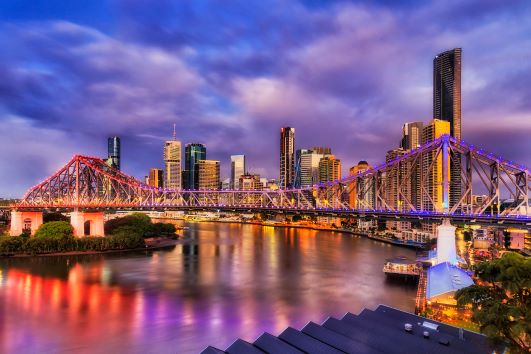Board of Professional Engineers Queensland - Home Page

Get the latest news from the Board
Read all about professional engineering in Queensland. Join us for an upcoming event or webinar. Sign up to our regular newsletter.

Our people are at the heart of what we do
The Board and our team bring extensive, first-hand engineering experience and industry expertise to their roles to ensure all registrations, complaints, enquiries and other matters are handled respectfully and efficiently.
Our responsibilities
Since 1930, the Board protects the public by ensuring professional engineering services are provided by a RPEQ in a professional and competent way.
We maintain public confidence in the standard of services provided by RPEQs.
We uphold the standards of practice of RPEQs.
 Contact us
Contact us
 RPEQ sign in
RPEQ sign in
 RPEQ directory
RPEQ directory
